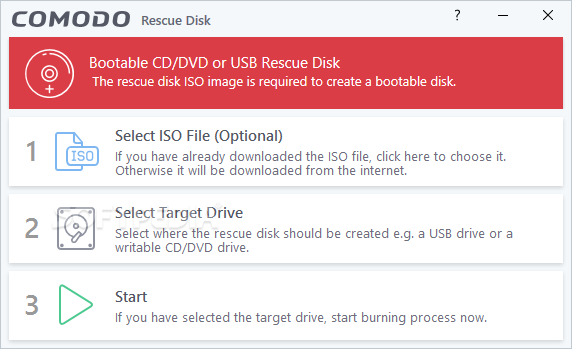
#COMODO INTERNET INSTALL#
Just don’t install it anywhere that isn’t fully backed up.

If you’re a Comodo fan, though, there’s a considerable amount to explore in the Internet Security Premium 2013 Beta (the Virtual Kiosk is a whole new world all on its own). Comodo Internet Security Essentials is a program that protects you from man-in-the-middle by alert you if the site uses a malicious certificate. Like all betas, this one contains plenty of bugs, and we’ve already been forced to reboot a couple of times after a suite module failed for no apparent reason. It’s too early to deliver a verdict on that - and benchmarking betas is a dubious business, anyway - but while initial scans seem to take a while, we’ve already noticed that subsequent system checks are much, much faster. So as well as providing GeekBuddy for remote support, and Dragon for secure browsing, the whitelisting and system monitoring technology behind Comodo’s Cleaning Essentials and KillSwitch are now also available to help detect and block more malware.īut despite all the extras, Comodo claim this is the fastest and most lightweight product they’ve ever released.
#COMODO INTERNET LICENSE KEY#
You should have received your License key through email. The License Activation Wizard will start. Step 1: To activate your License, click Activate Now beside License from the bottom left corner of the main interface. The Suite now also includes more of Comodo’s other security tools, which seems to make sense. Start the Comodo Internet Security application as explained in the section Starting Comodo Internet Security. (Go to HKEY_LOCAL_MACHINE\SYSTEM\software\Comodo\Firewall Pro create a DWORD value called “EnableDefaultVirtualization” set it to 1 then use the Advanced Settings Editor to select “Fully Virtualized” as your auto-sandboxing option.)

Essentially this works as a sandboxed desktop with its own apps, ready to help you securely access all kinds of popular websites and services (Google Maps, YouTube, EverNote, Hotmail, Picasa, TweetDesk and more).Īnd if you know what you’re doing then it’s now even possible to enable automatic virtualisation for unknown applications, although this requires a little setup, first. In general it works well, too, with core features like Scan or Update available directly from the main display, while more complex functionality is kept at arm’s length (mostly behind the “Tasks” button, so start there if you can’t find something). Elsewhere, greatly improved and more reliable sandboxing has delivered the Virtual Kiosk.


 0 kommentar(er)
0 kommentar(er)
